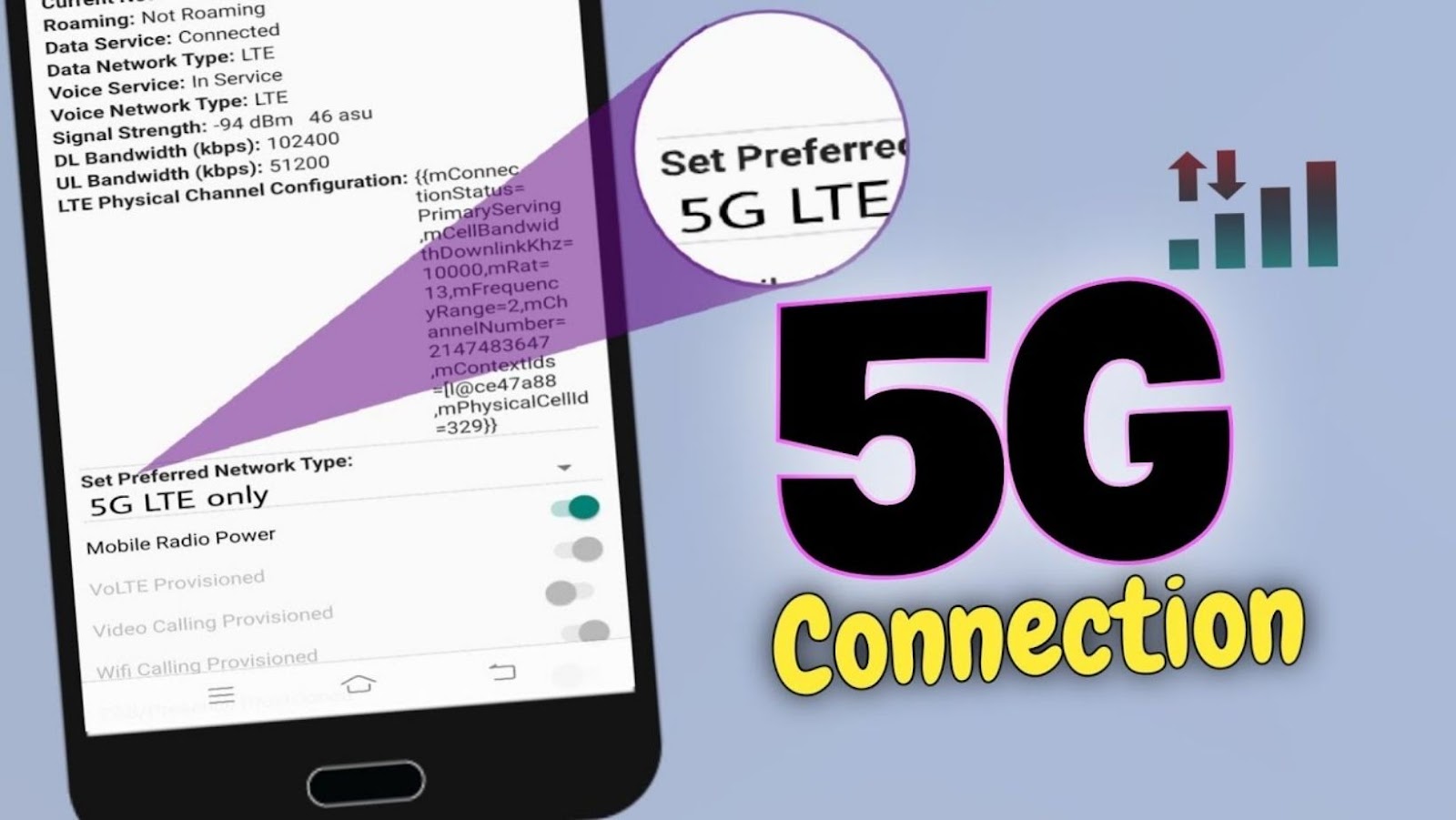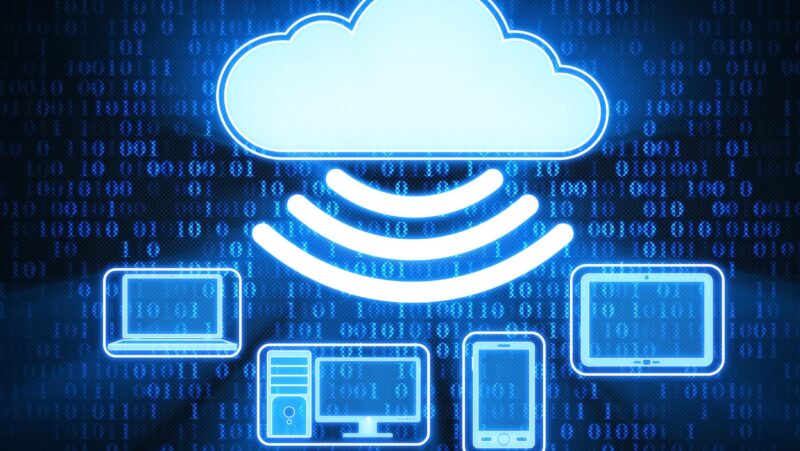
4G and 5G networks differ in a number of ways. Perhaps the most significant difference is in their speed. 4G networks are much slower than 5G networks. 5G networks can offer speeds that are up to 100 times faster than 4G networks. This means that 5G networks can offer a much better experience when streaming video or downloading files.
Another difference between 4G and 5G networks is in their coverage. 5G networks are still in the early stages of deployment, so their coverage is not yet as widespread as 4G networks. This means that you may not be able to get a 5G signal in some areas. However, as 5G technology becomes more widely adopted, this is likely to change.
Finally, 4G and 5G networks use different types of technology. 4G networks use a technology called Long Term Evolution (LTE), while 5G networks use a technology called millimeter wave (mmWave). MmWave offers much higher speeds than LTE, but it doesn’t work as well in dense areas like cities. This is because the signals can’t penetrate through buildings as well.
How to change from 5g to 4g
To change from 5G to 4G, you will need to find a setting in your device’s settings menu. This is usually found under “Cellular” or “Network.” Once you have found the setting, you can toggle between 5G and 4G as desired. In some cases, you may need to restart your device for the changes to take effect.
If you’re having trouble finding the setting, you can try searching for “5G” or “4G” in your device’s settings menu. Alternatively, you can contact your device’s manufacturer for assistance.
What are some of the challenges that need to be overcome for 5G network deployment
One of the challenges that needs to be overcome for 5G network deployment is the high cost. 5G technology is still in the early stages of development, so it is much more expensive than 4G technology. This means that service providers will need to charge higher prices for 5G services.
Another challenge that needs to be overcome is the lack of coverage. 5G networks are still in the early stages of deployment, so their coverage is not yet as widespread as 4G networks. This means that you may not be able to get a 5G signal in some areas. However, as 5G technology becomes more widely adopted, this is likely to change.
Finally, another challenge that needs to be overcome is the lack of compatible devices. 5G networks use a different type of technology than 4G networks, so not all devices are compatible with 5G. This means that you may not be able to connect to a 5G network unless you have a compatible device.
What are some of the benefits of 5G technology
One of the benefits of 5G technology is its speed. 5G networks can offer speeds that are up to 100 times faster than 4G networks. This means that you can stream video or download files much more quickly on a 5G network.
Another benefit of 5G technology is its coverage. 5G networks are still in the early stages of deployment, but their coverage is already much better than 4G networks. This means that you are more likely to be able to get a 5G signal in your area.
Finally, another benefit of 5G technology is its compatibility. 5G networks use the same type of technology as 4G networks, so all devices that can connect to a 4G network can also connect to a 5G network. This means that you can connect to a 5G network even if you don’t have a 5G-compatible device.











